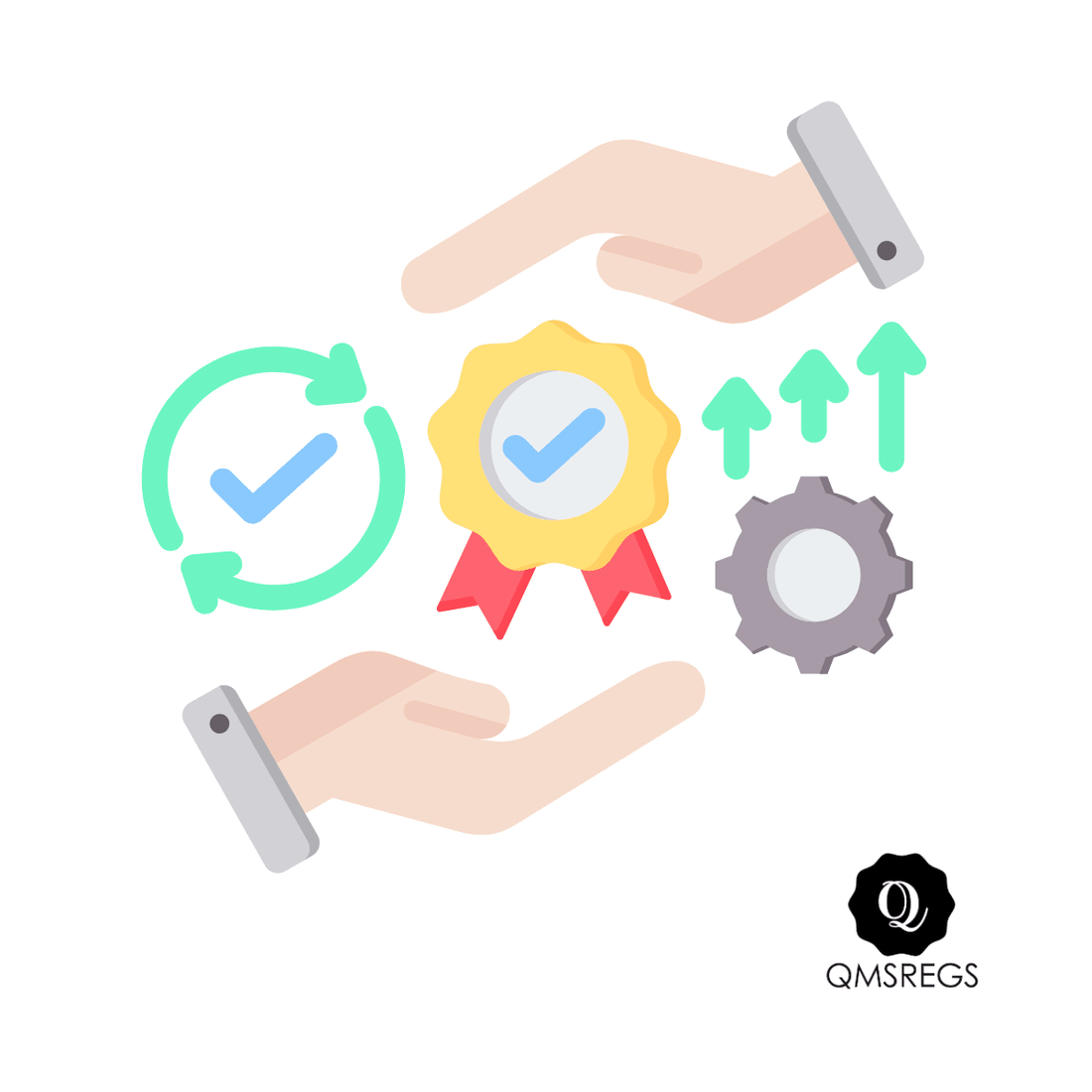ISO 9001 vs ISO 13485: Understanding the Key Differences

Share
In today's competitive business landscape, organizations across various industries strive to achieve and maintain high-quality standards. ISO (International Organization for Standardization) plays a crucial role in this endeavor by providing internationally recognized frameworks for quality management systems. Two prominent standards, ISO 9001 and ISO 13485, focus on quality management, but with different contexts and objectives. In this blog, we will explore the key differences between ISO 9001 and ISO 13485, shedding light on their respective applications and benefits.
4 differences between ISO 9001 and ISO 13485 Quality Management Systems
-
Scope and Applicability:
ISO 9001: ISO 9001 is a generic quality management system standard applicable to organizations of any size or industry. Its scope covers all aspects of an organization's activities, including design, development, production, installation, and servicing of products and services. ISO 9001 aims to enhance customer satisfaction and continuous improvement through effective quality management.
ISO 13485: In contrast, ISO 13485 specifically targets organizations involved in the design, development, production, installation, and servicing of medical devices. It serves as a comprehensive quality management system standard for medical device manufacturers and suppliers. ISO 13485 aligns with regulatory requirements and focuses on ensuring the safety, efficacy, and quality of medical devices throughout their life cycle.
-
Regulatory Requirements:
ISO 9001: ISO 9001 does not directly address regulatory compliance. However, it provides a solid foundation for organizations to meet legal and regulatory obligations by establishing robust quality management practices. ISO 9001 focuses on meeting customer requirements, improving customer satisfaction, and driving continual improvement within an organization.
ISO 13485: Unlike ISO 9001, ISO 13485 has specific requirements that align with regulatory frameworks for medical devices. Compliance with ISO 13485 helps organizations meet regulatory expectations and facilitates the certification process for medical device manufacturers. It addresses the specific quality and regulatory requirements for medical devices, including risk management, traceability, documentation, and post-market surveillance.
-
Risk Management:
ISO 9001: ISO 9001 requires organizations to identify and manage risks and opportunities related to their products, processes, and quality management system. However, the risk management approach in ISO 9001 is relatively broad and can be tailored according to an organization's specific context. It focuses on identifying risks that could impact customer satisfaction and preventing their occurrence.
ISO 13485: ISO 13485 places a stronger emphasis on risk management due to the critical nature of medical devices. It requires organizations to establish a comprehensive risk management process that covers all stages of the medical device life cycle, from design and development to post-market activities. The standard mandates risk analysis, evaluation, control measures, and ongoing monitoring to ensure patient safety and regulatory compliance.
-
Documentation Requirements:
ISO 9001: ISO 9001 provides flexibility in documentation requirements, allowing organizations to determine the extent of documentation necessary to support their quality management system. It emphasizes the importance of maintaining documented information that is necessary for the effectiveness of the system.
ISO 13485: ISO 13485 has more stringent documentation requirements, reflecting the need for precise control and traceability in the medical device industry. Organizations are required to maintain documented procedures and records for activities such as design and development, risk management, regulatory compliance, and validation.
Summary
While both ISO 9001 and ISO 13485 focus on quality management, they have distinct scopes and objectives. ISO 9001 serves as a generic quality management system standard applicable to any industry, aiming to improve customer satisfaction and overall organizational performance. On the other hand, ISO 13485 specifically caters to the medical device industry, addressing regulatory requirements and emphasizing risk management to ensure the safety and efficacy of medical devices.
By understanding these key differences, organizations can make informed decisions regarding the most suitable standard for their industry and ensure compliance with relevant quality and regulatory requirements. Implementing ISO 9001 or ISO 13485 can lead to enhanced customer satisfaction, improved operational efficiency, and a solid foundation for continuous improvement in quality management practices.
